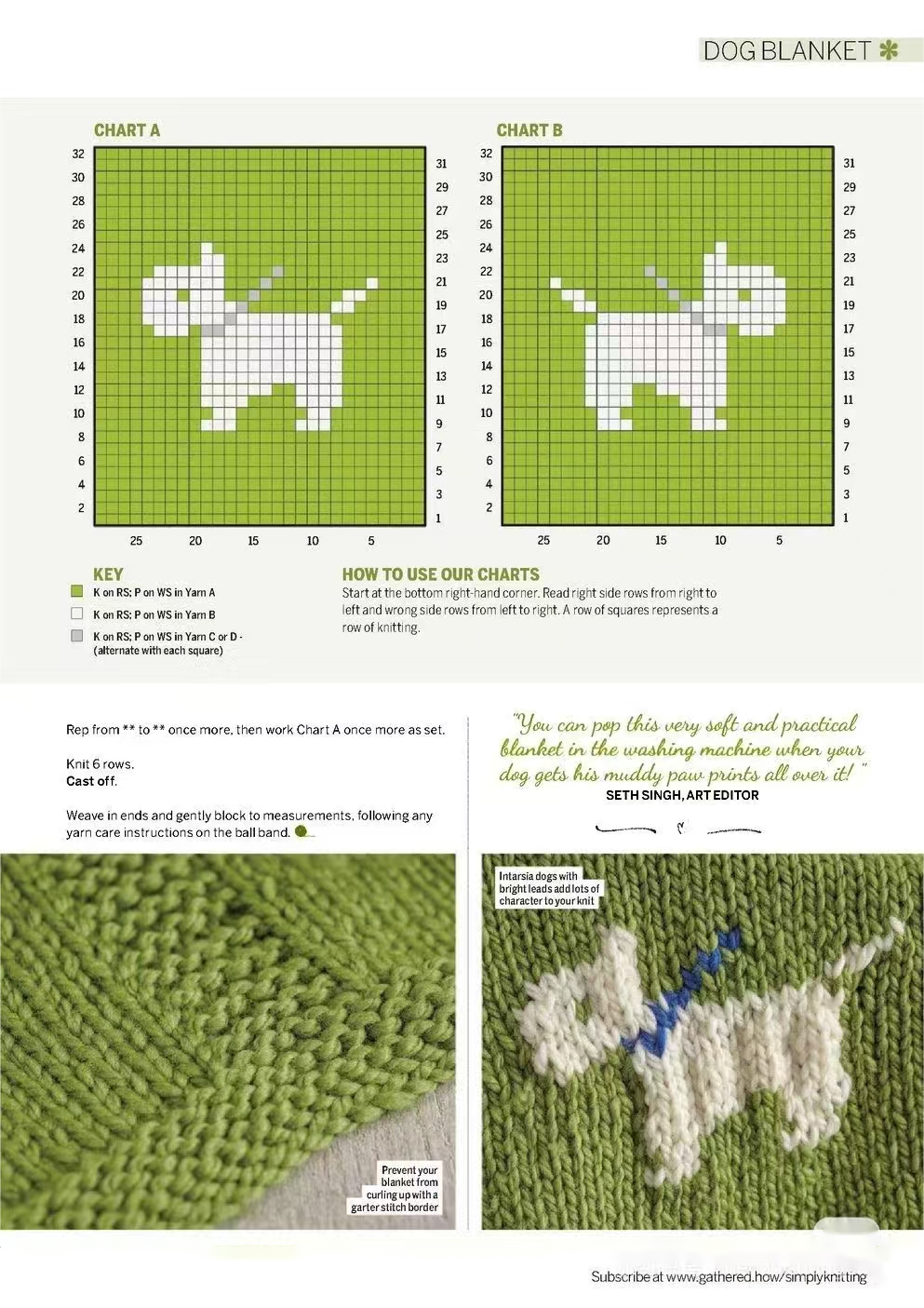The Art of Pattern-Making in Sweater Design: From Concept to Execution

Sweater pattern design is a process full of creativity and skill. It’s not just about simple color and shape combinations; it’s about conveying a designer's vision and a brand's personality through patterns and textures. Today, let's take a closer look at the world of sweater pattern design and explore how it transforms from a creative concept into a finished product.
1. The Initial Concept of Sweater Pattern Design
The first step in sweater pattern design is conceptualization. During this phase, designers determine the direction of the pattern based on fashion trends, seasonal characteristics, and the brand's identity. For example, autumn and winter sweaters tend to use warmer, more muted tones, while spring and summer sweaters lean toward fresh and vibrant colors. After deciding on the theme, designers begin sketching out initial pattern ideas.
At this stage, knitwear manufacturers also play a vital role in helping designers choose the right materials that align with the patterns they envision. They provide insights into the feasibility of certain designs based on fabric properties, ensuring that the chosen yarns and textures will work well with the pattern.
2. Choosing the Right Knitting Techniques
Once the pattern concept is finalized, the next step is to select the appropriate knitting technique. Different knitting methods can produce various effects and even influence the comfort and fit of the sweater. For example, cable knitting is commonly used to create patterns with strong, three-dimensional effects, while ribbing can provide elasticity, enhancing comfort and wearability.
When choosing the knitting technique, designers must also consider the complexity of the pattern and the wearability of the sweater. If the designer wants the pattern to have more depth, they might combine different knitting techniques or use various yarn materials to create contrasting effects. Sweater suppliers are crucial in this phase, as they often have access to the latest knitting machinery and materials that can bring these innovative designs to life.
3. Fabric Selection and Sample Creation
After finalizing the pattern design and knitting technique, the next step is to select the right fabric for sample production. The choice of fabric plays a crucial role in the presentation of the pattern, as different yarn materials (such as wool, cashmere, or cotton) will affect the final look and feel of the sweater. For example, wool fibers are coarser, making them suitable for designs that require a heavier look, while cashmere is softer and works better for delicate, intricate patterns.
During the sample creation process, designers typically refine the pattern and fit through trial and error, ensuring the final product aligns with the original design concept while meeting practical wearability standards.
4. Pattern as a Brand Statement and Market Positioning
In the design process, patterns are not only about aesthetics—they need to convey the core values and identity of the brand. For example, some brands may favor simple, modern patterns to express a sense of fashion-forward thinking, while others may opt for vintage or ethnic-inspired patterns to highlight their uniqueness. The choice of patterns is closely tied to a brand's positioning, helping it stand out in the market and attract specific consumer groups.
Conclusion
Sweater pattern design is a creative and intricate process, with each pattern representing a designer’s effort and pursuit of aesthetics. From the initial concept to the final product, every step involves challenges and innovations. Through unique pattern designs, sweaters are not just garments—they become works of art that showcase individual style and brand identity.
If you want to learn more, please contact us.
We are a professional sweater manufacturer with more than 20 years experience.
We can provide you personalized custom sweater service.
- Posted in custom sweater, knitwear manufacturer, knitwear supplier, streetwear, sweater, sweater factory, Sweater Fashion Trends, sweater manufacturer
